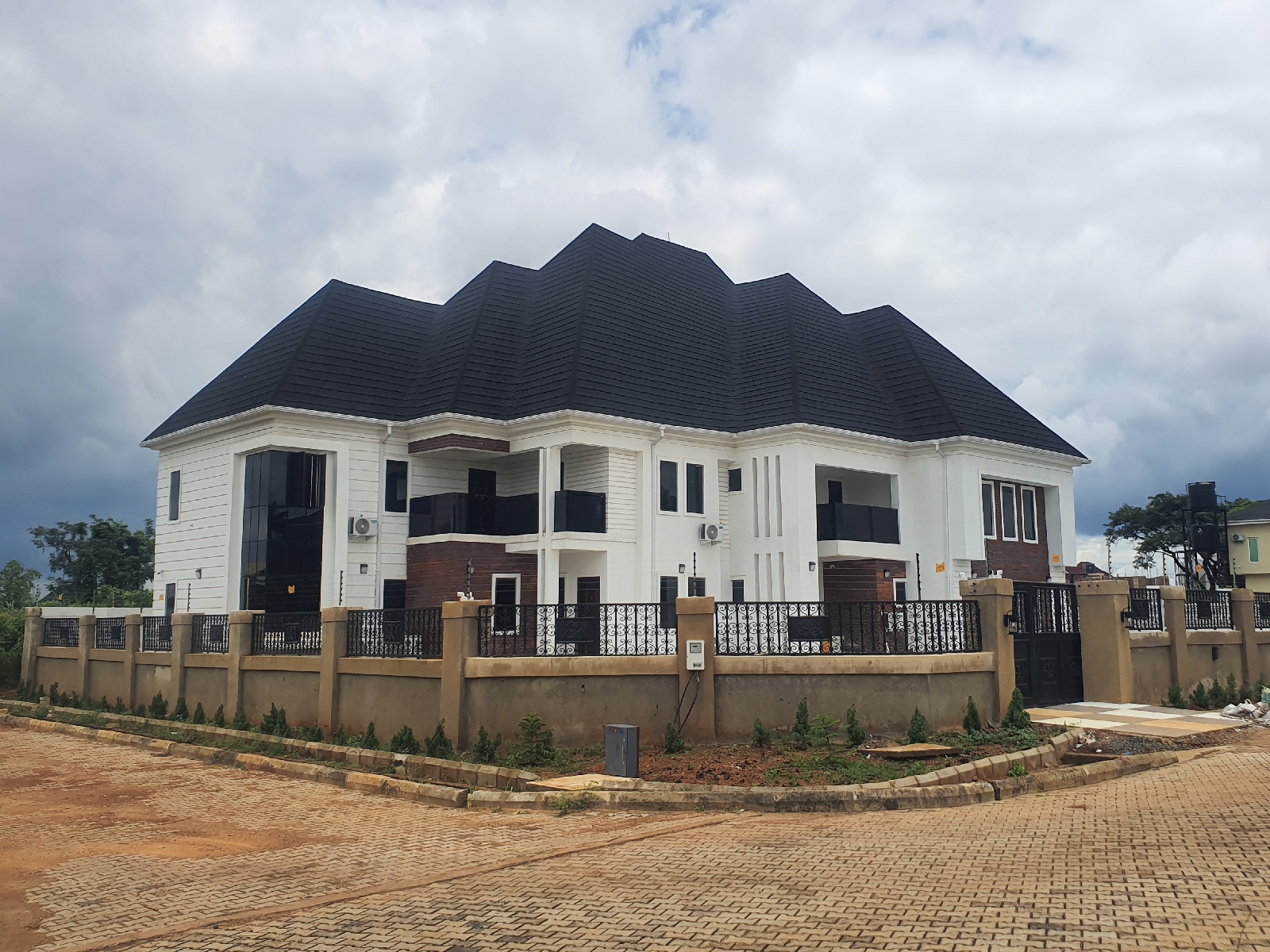Tuesday, 28 October 2014
The technology of block making
Some call it blocks while others call it 'sandcrete', this is an important building material which we get by mixing powdered cement, sharp sand and water in a ratio made to suit the job it was produced for. You might wonder why I used the phrase 'in a ratio made to suit the job it was produced for'? Okay, there are many uses for blocks apart from using it to raise the walls in homes and fences. Blocks could be used for a variety of works, including
1. Walling of a house
2. Making a fence
3. Building a generator house or any other house that have vibrating machines inside it.
4. Toilet pits or soak away tanks.
Because of the various uses for blocks, the mixing ratio cannot be the same, we tend to reduce the ratio of sand to a bag of cement if we want a more solid mix or a block product which can do more than covering the walls in a house. I will like to mention here that most houses, especially those built with reinforced concrete columns and metal rods, blocks don't bear any loads, this is why you see houses built without blocks at first, the builder will first raise the columns and deck the first floor, then continue with another set of columns which will bear the next floor, and up and up we go.
There are many different types of blocks in modern building, these include
1. 9" hollow blocks
2. 6" hollow blocks
3. 6" solid blocks
4. 5" solid blocks
These blocks could be used according to the specifications of the building plan you are using. Most houses with more than one floors uses the 9" blocks on the ground floor and maybe the next few floors, but as a house rises in height, it is recommended that the weight of the blocks on the top floors be reduced, ie. If you use 9" blocks to do a ground floor, use 6" to do the top floors to ease the weight on the columns, beams and foundation.
There are two major ways of producing blocks, the first is the older method of using manual labour. Skilled block makers using a metal contraption called a mold, they use this mold to compress mixed cement/sand/water to form blocks and leave them on the ground to set.
The second method was a product of industrialization and the need for increased output to meet builders demand. A machine was invented to help compress mixed sand and produce blocks. This is the type we call the machine made blocks. This machine uses vibration method to compress blocks as against the manual method.
Which one is the stronger? Well, it still depends on the mixing ratio, because it is what you mix that the machine will vibrate. I have seen many breakages among machine made blocks as well with hand made blocks.
More pictures and updates about block making, you can also call us on 08033350750
Subscribe to:
Post Comments (Atom)
Tigerkenn Homes Ltd, Annual summary of our activities 2024.
TIGERKENN HOMES LTD, OUR ANNUAL SUMMARY 2024. Good day my people, we thank God for guiding us all through another year. This outgoing year 2...

-
When it comes to waste disposal in Nigerian homes and neighbourhoods, there is no city wide central sewage system as you would find in som...
-
Check out our latest window hood designs as we introduce numerous styles into the building industry. . Call us for more samples on 08033350...




No comments:
Post a Comment